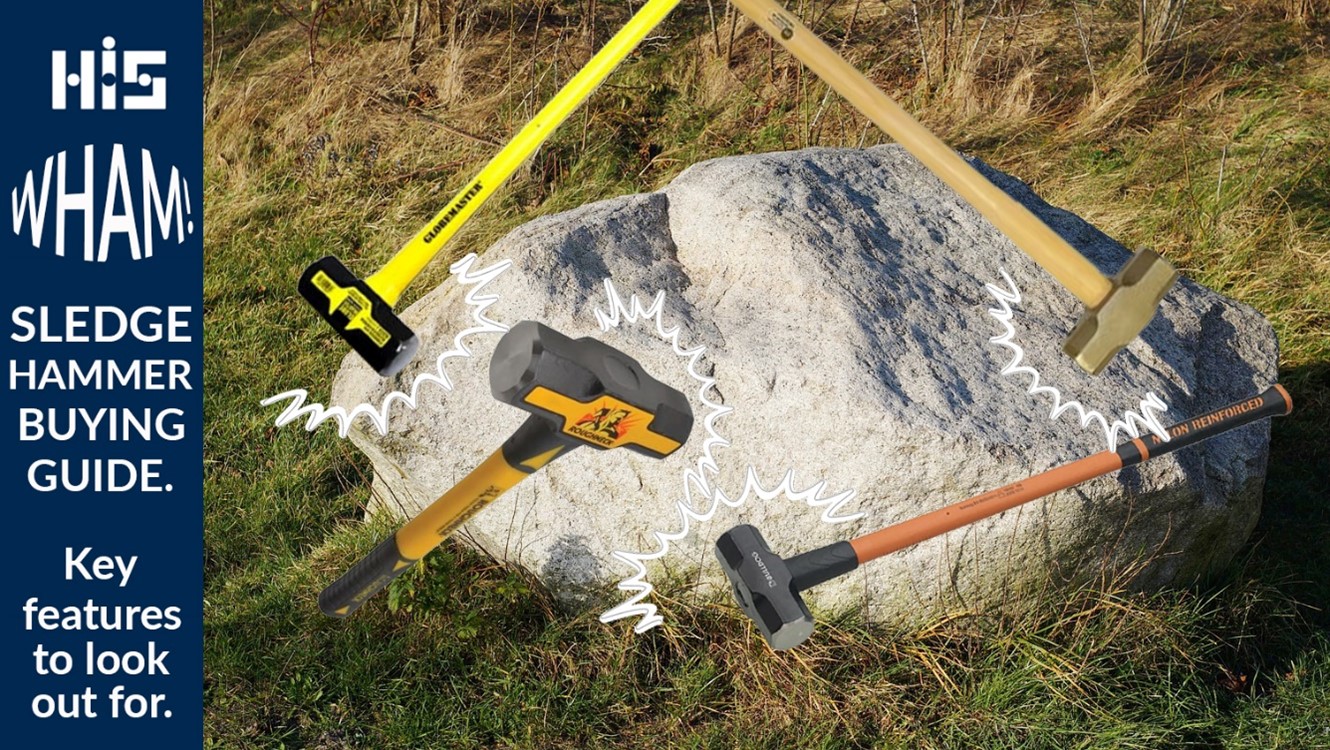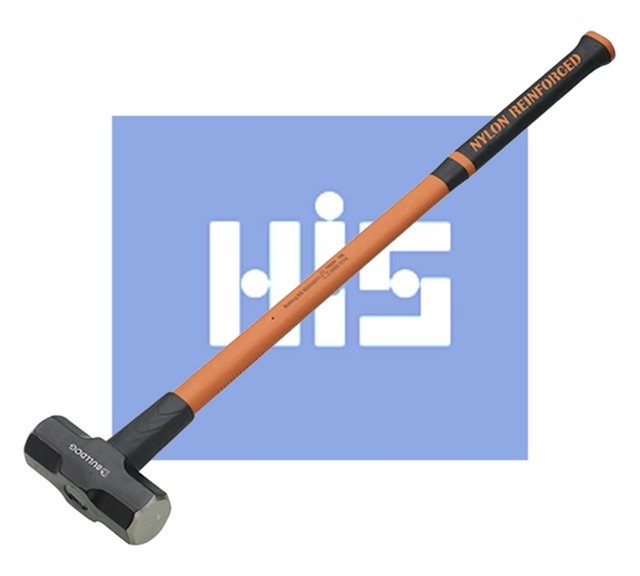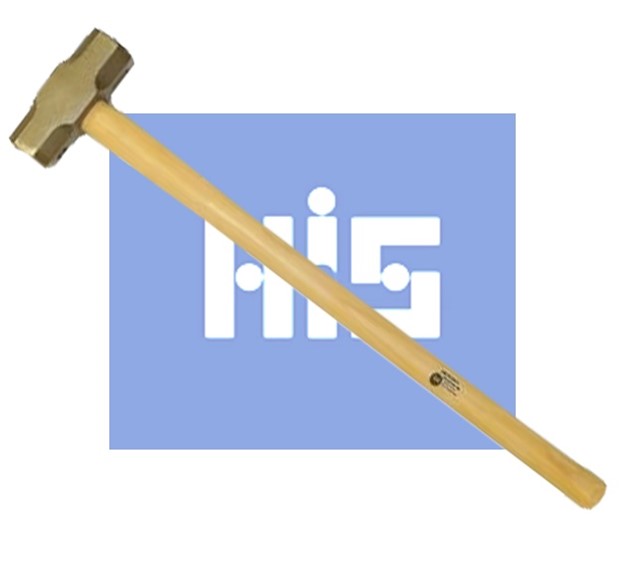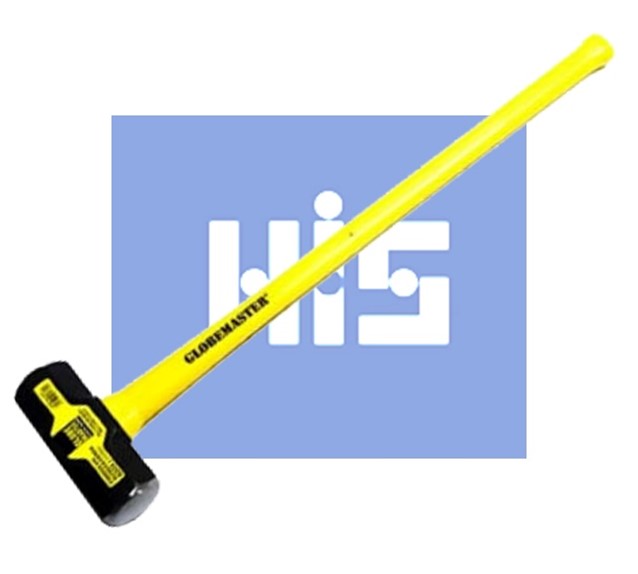
Sledgehammer Buying Guide: Key Features to Look For
Sledgehammers are a powerful and versatile tool, ideal for heavy-duty demolition and construction tasks. Whether you’re breaking up concrete, driving stakes, or dismantling structures, the right sledgehammer can make a world of difference. But with so many options available, how do you choose the best one? This buying guide will cover key features to look for when selecting a sledgehammer, from durability to materials, ensuring you get the best tool for the job.
1. Durability is Key
A sledgehammer is a tool designed to endure repeated, high-impact blows, so durability should be at the top of your list when choosing one. A well-made sledgehammer should withstand the test of time,
especially when used in tough environments such as construction sites or demolition projects.
Look for hammers made from high-quality materials, such as forged steel for the head and fibreglass or hickory wood for the handle. These materials provide strength and reduce the risk of breaking or
splintering. The head should be securely attached to the handle with reinforced fittings to ensure it won’t loosen over time.
2. Choosing the Right Size and Weight
Sledgehammers come in a variety of sizes and weights, and the best choice depends on the type of job you’re planning to tackle. Lighter sledgehammers, typically around 6 to 10 pounds, are easier to handle and ideal for lighter demolition tasks,
such as breaking drywall or removing tiles. Heavier hammers, ranging from 10 to 20 pounds, are perfect for more intensive jobs like smashing through concrete or driving stakes into the ground.
When selecting the weight, it’s important to strike a balance between power and control. A heavier hammer delivers more force but can be harder to control, especially over long periods. If you're working in confined spaces or need more precision, a lighter hammer might be the better choice.
3. Handle Material: Fibreglass vs. Wood
The handle material is an essential factor to consider when choosing a sledgehammer, as it affects durability, comfort, and shock absorption.
Fibreglass Handles
: Fibreglass is a popular choice for modern sledgehammers due to its durability and resistance to wear. It absorbs shock well, which reduces the strain on your arms and wrists during extended use.
Additionally, fibreglass handles are resistant to weather and moisture, making them ideal for outdoor jobs.
Wooden Handles (Hickory)
: Hickory wood handles have been a traditional choice for sledgehammers for many years. They offer a natural feel, good shock absorption, and a certain flexibility that reduces the chances of the handle
snapping under pressure. However, wood can wear over time and may require more maintenance, such as sanding and oiling, to prevent cracks or splintering.
Both materials have their merits, but if you’re after a long-lasting performance with minimal upkeep, fibreglass handles are generally the more robust option. However, for those who prefer the classic
feel and flexibility of wood, hickory remains a dependable choice.
4. Head Material and Design
The head of a sledgehammer is typically made from forged or heat-treated steel, ensuring it can withstand repeated impacts without cracking or deforming. When choosing a sledgehammer,
consider the following features of the head:
Forged Steel Head: A forged steel head is stronger and more durable, making it a better option for heavy-duty work. It will resist chipping and wear, even when used on tough materials like concrete or
brick.
Flat or Rounded Faces: Some sledgehammers have flat faces on both sides of the head, while others may have a flat face on one side and a rounded or pointed face on the other. The flat face is best
for delivering powerful, direct blows, while a rounded face can be useful for more controlled or precise tasks.
Weight Distribution: A well-balanced sledgehammer ensures that the weight of the head is evenly distributed, allowing you to maintain control and reduce fatigue during use.
5. Grip and Comfort
When working with a sledgehammer for an extended period, comfort becomes an important factor. Look for sledgehammers that offer ergonomic handles with non-slip grips. A comfortable grip will not
only improve control but also help to reduce hand fatigue during use.
Some modern sledgehammers come with rubberised or textured grips designed to provide additional comfort and slip resistance, especially when your hands become sweaty or when working in wet conditions.
This feature is particularly helpful for ensuring you can maintain a firm grasp on the hammer throughout demanding tasks.
6. Types of Jobs that Require a Sledgehammer
Sledgehammers are indispensable tools for a variety of jobs, including:
Demolition Work: Whether you're tearing down walls, breaking up concrete slabs, or dismantling old structures, a heavy-duty sledgehammer is a must.
Driving Stakes or Posts: If you're working on construction sites or landscaping projects, sledgehammers are perfect for driving stakes, posts, or rebar into the ground.
Masonry Work: Sledgehammers are frequently used in masonry for breaking apart bricks, stone, or concrete. The size and weight of the hammer allow you to exert enough force to break through hard materials.
Metalworking: In some cases, sledgehammers can be used in metalworking tasks, such as shaping large metal pieces or driving metal stakes.
Choosing the right sledgehammer is about matching the tool to the job. Whether you need a lightweight option for smaller tasks or a heavier model for serious demolition, make sure you consider factors
like durability, handle material, head design, and grip comfort.
Highland Industrial Supplies
offers a wide range of high-quality sledgehammers suitable for every job, ensuring you have the right tool for any task.
For more information or to browse our selection of sledgehammers , visit Highland Industrial Supplies.





